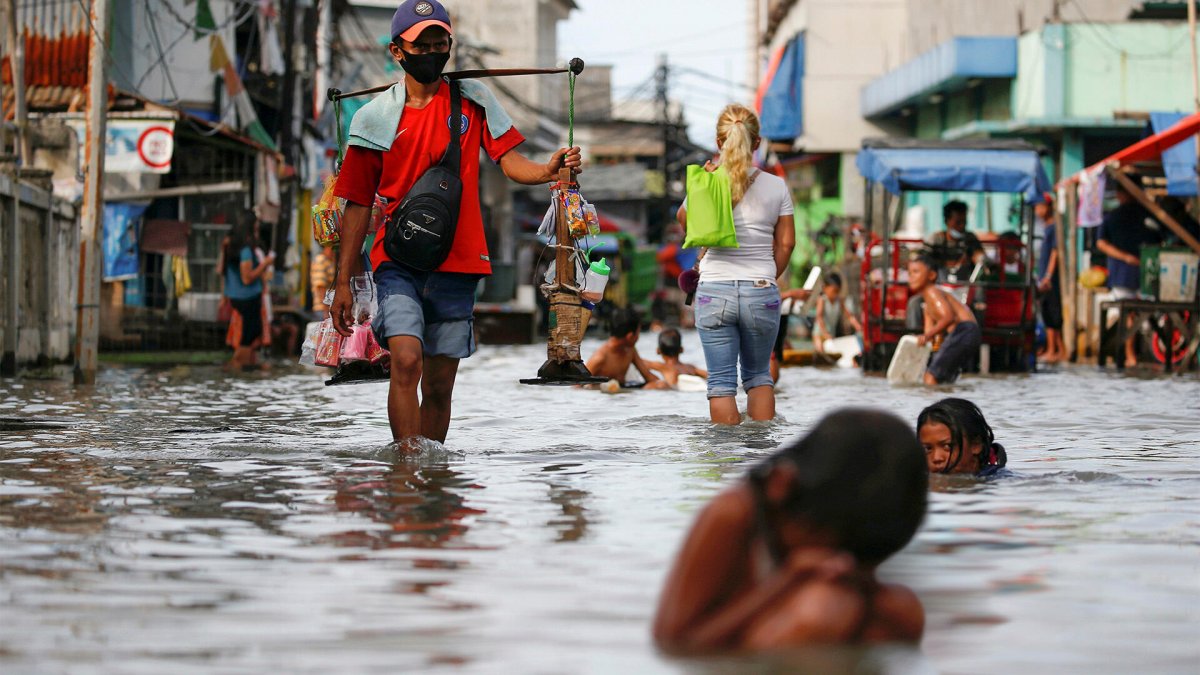The German Weather Service warns of continuous rain until January 4th. The flood areas in northwest Germany are particularly threatened. Water levels are expected to rise again in Lower Saxony and Bremen. In Oldenburg, where the residents of a district are to be evacuated, a mobile dike is intended to protect the city. But which flood protection concepts are still necessary in view of increasing extreme weather conditions caused by climate change?
Advertisement
In view of the current flood situation in northern Germany, we are publishing the text “Dikes at the end? New concepts for flood protection are needed” in a freely readable manner. The article originally appeared under the title “Rising Danger” in issue 3/2023 of MIT Technology Review.
He is in the Ahr Valley again, says Holger Schüttrumpf on the phone. During the conversation he looked at the destroyed river Ahr. In 2021, gigantic masses of water rushed through the narrow valley in the Eifel. They flooded houses up to the top floor, taking cars and trailers with them. 134 people died here. “Nobody expected such a catastrophe in a low German mountain range,” says Schüttrumpf.
The professor of water management at RWTH Aachen University is working on new concepts for flood protection in the Ahr Valley in the KAHR joint project and is supporting the reconstruction. So that it doesn’t get as bad again when the water comes.
With climate change, the frequency of floods is increasing. Extreme rain is more likely to occur inland, especially in summer – partly because warm air can absorb more water vapor. On the coast, sea levels are rising because the polar ice caps are melting and warmer water is expanding more.
Coastal protection across dikes and dams
Until now, flood protection has mostly been about blocking out the water – through dikes, protective walls or dams. But how long can this last given global warming?
On the North Sea coast, people have been fighting against the power of the sea for centuries, and over time the dikes have become ever higher. The protection is still sufficient, says Torsten Schlurmann, professor of hydraulic engineering and coastal engineering at the University of Hanover. But at some point you reach financial and material limits. For example, clay, the most important building material for sea dikes, is not available in unlimited quantities. “It’s also a social question: How much is it worth to us to protect endangered areas in the long term?”
Lower Saxony, Schleswig-Holstein and Hamburg have already decided to further increase all dikes. Initially they only wanted to increase it by 50 centimeters, but in 2022 they set the standard to one meter. The dikes will not only be raised, but also widened. As sea levels rise, the strain on the lower part of the dike also increases. The first “climate dike” was built in Schleswig-Holstein in 2013, and gradually more and more kilometers of dike there are being upgraded.
To home page
